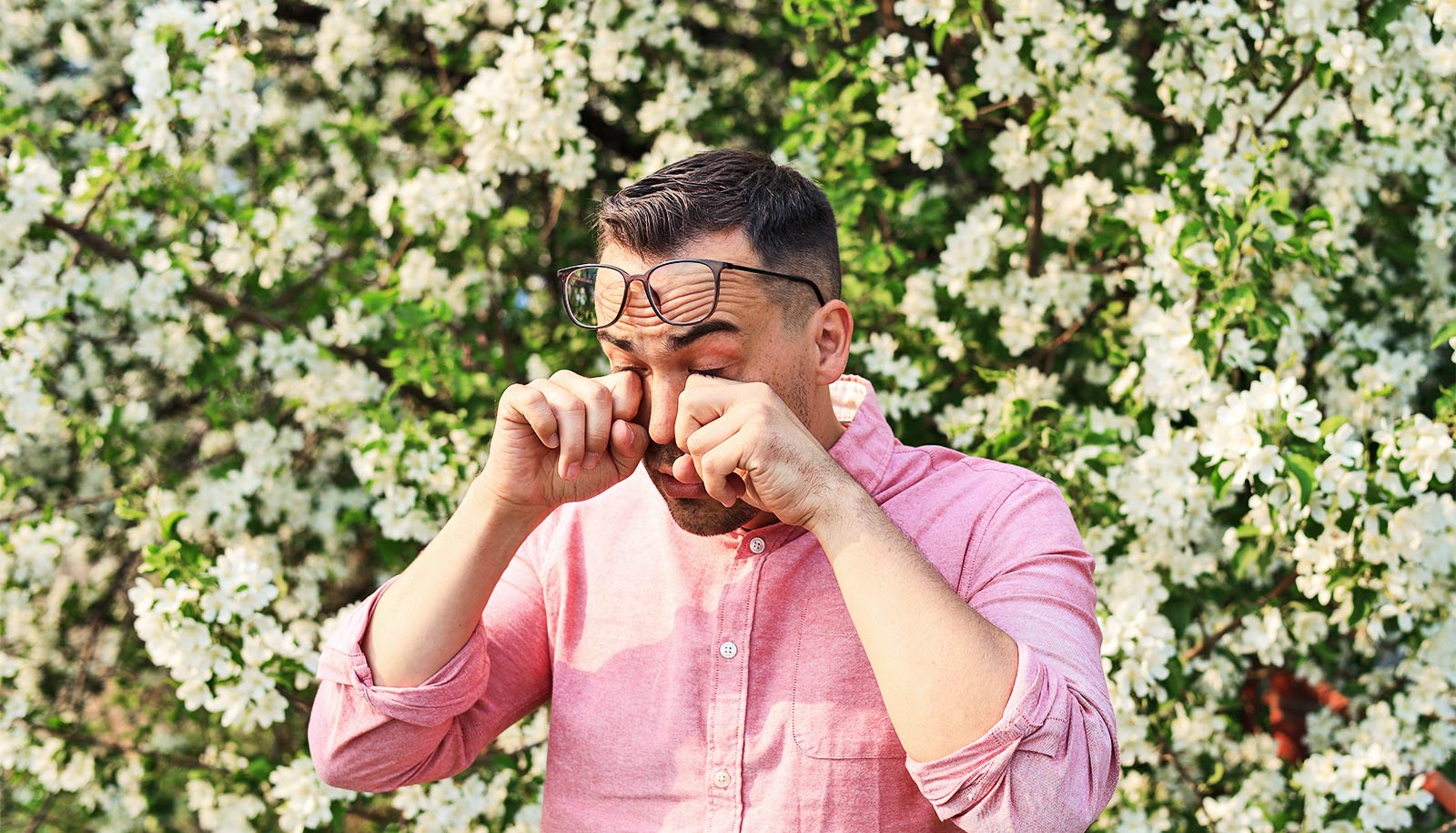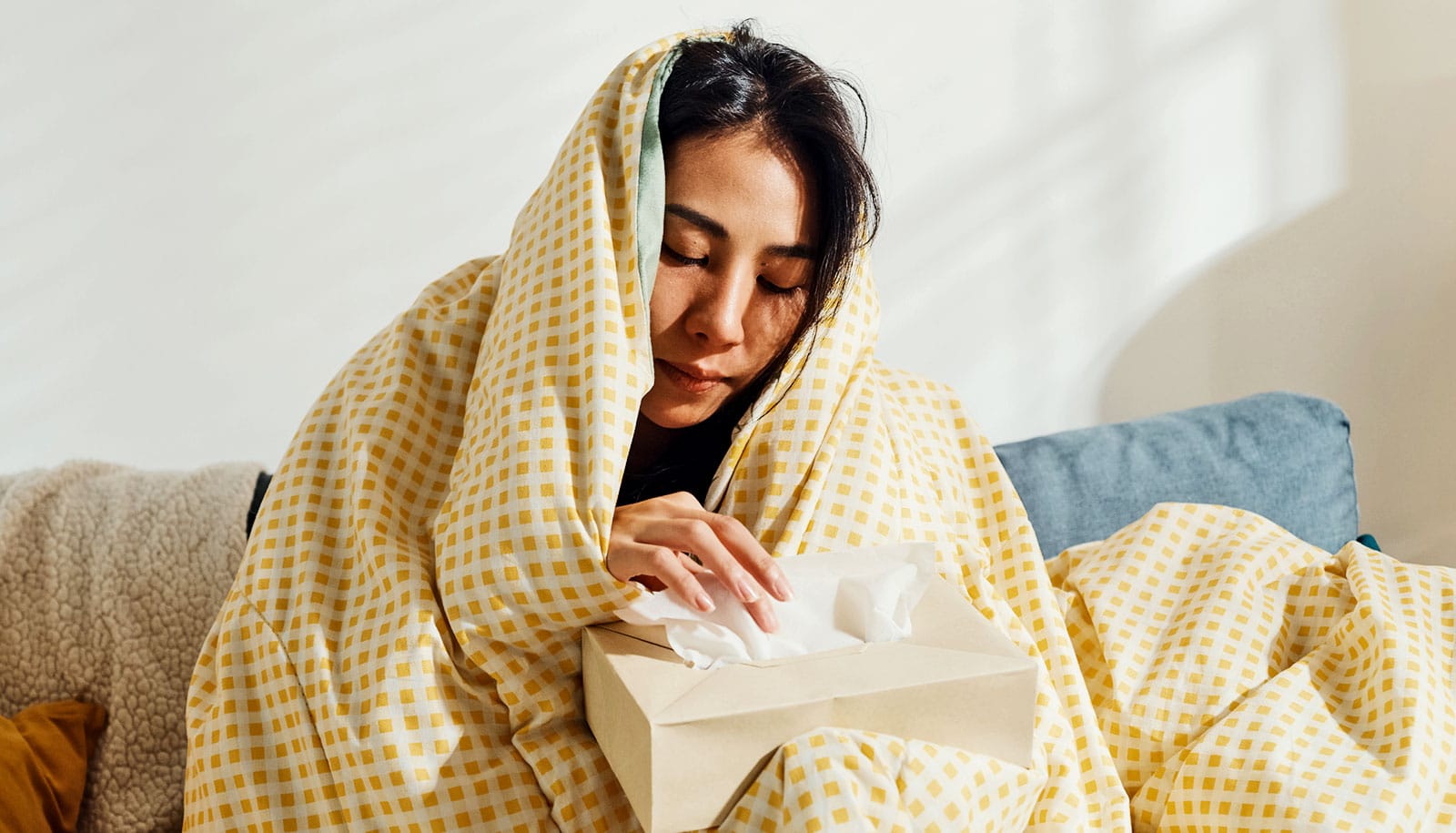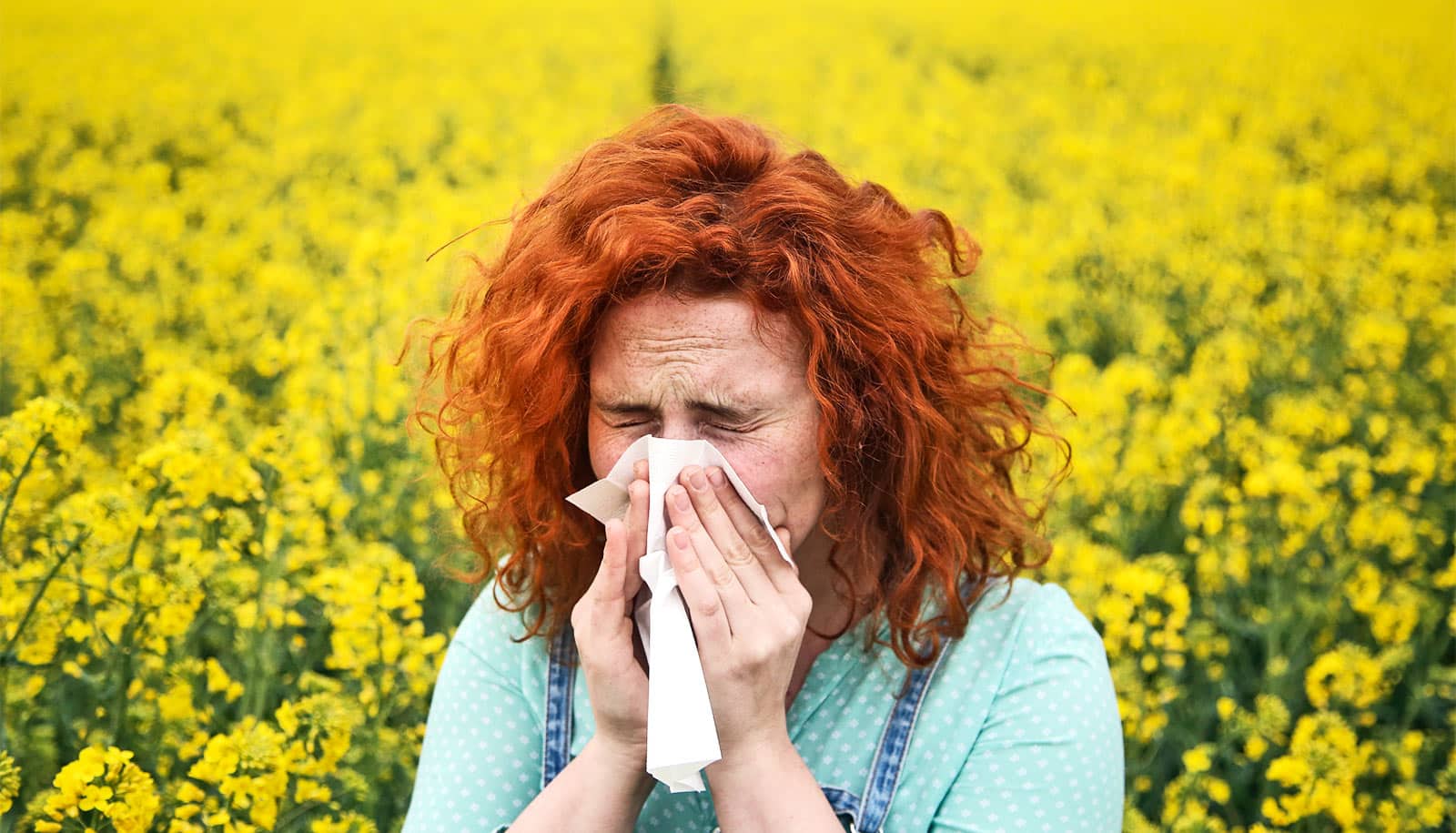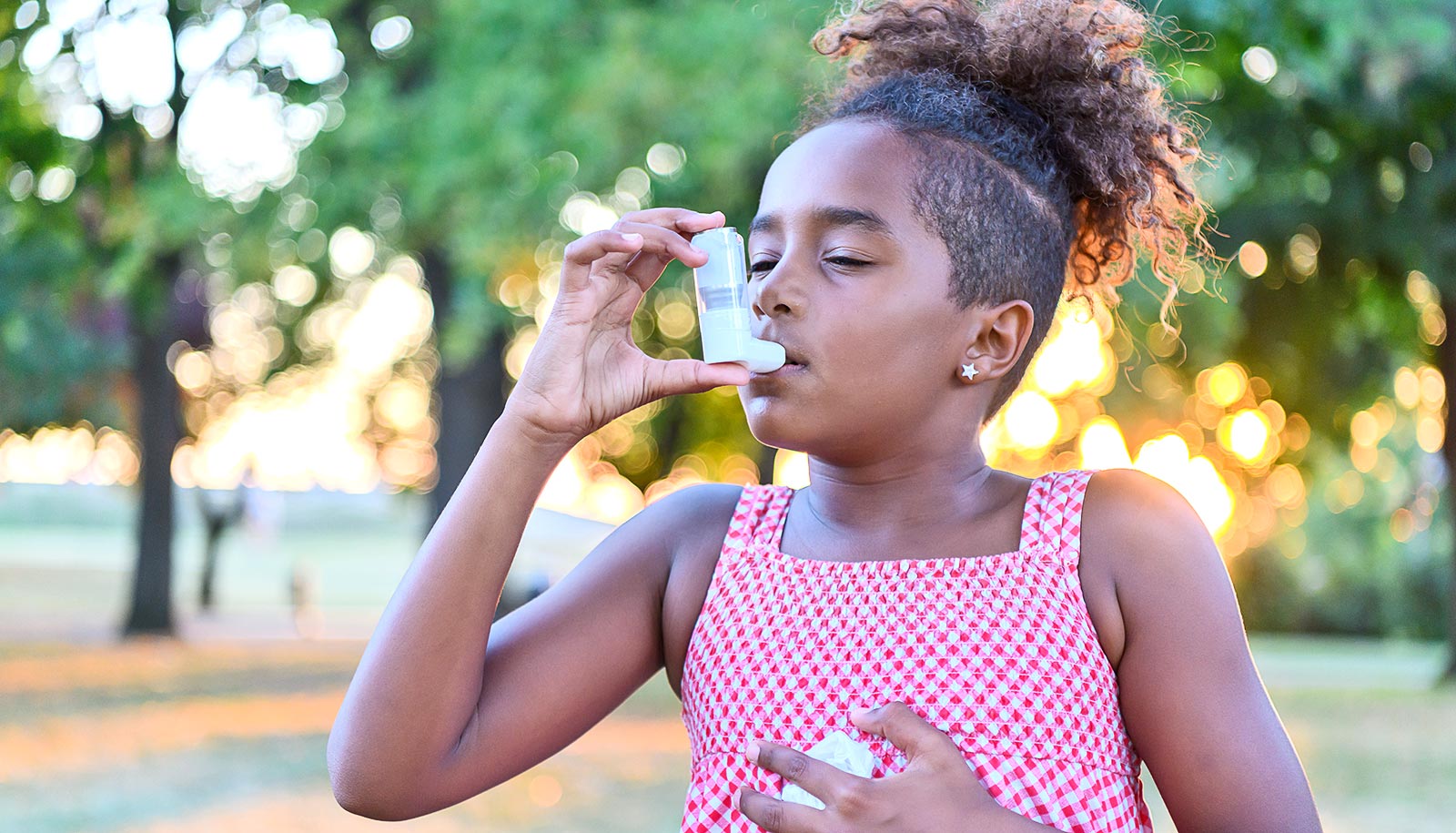An unusually warm winter may be making hay fever and other seasonal allergies worse, say experts.
Emily Weis and Katherine Tuttle in Allergy, Immunology, & Rheumatology at the University of Rochester offer insight into common spring allergies and the impact of changing weather and suggest ways to nip allergy symptoms in the bud:
What are the most common spring allergies?
From March to May in the Rochester, New York region, pollen from trees such as birch, maple, and oak causes most spring allergies.
The pollen that is most bothersome is the pollen we can’t see because it’s small enough to get into our nose and lungs.
“Tree pollen is extremely buoyant, traveling up to 100 miles,” Tuttle adds. “This means that you’re probably not always reacting to the birch tree in your front yard.”
How can I tell if my symptoms are from allergies or something more?
Three key symptoms tend to separate allergies from something else:
- Fever
- Body aches
- Severe headaches—not associated with nasal allergy congestion
If you have one of the above symptoms, you likely have something other than allergies.
The most common allergy symptoms include:
- Itchy eyes
- Red eyes
- Itchy nose
- Sneezing
- Nasal congestion
- Runny nose
- Postnasal drip
- Cough
If you’re having some of these symptoms and pollen counts are high, you may be suffering from allergies.
Why are my spring allergies so bad this year?
The warmer winter weather potentially lends itself to a longer and more severe spring allergy season. Weather changes can affect pollen levels, which in turn affect allergy symptoms. With warmer temperatures, comes an increase in spring pollen levels.
Changes in air pressure also have an effect, as the amount of pollen that moves from the upper to the lower atmosphere varies based on air pressure.
Allergy symptoms can be triggered as long as the allergen is in the air. Pollen seasons are increasing in length, so spring allergies are lasting longer than they have in the past.
Are fall and spring allergies the same?
The symptoms are similar, but the allergen that causes those symptoms is different.
From August to the first frost in the fall, the most common allergens in the Rochester region are:
- Ragweed
- Other weed pollens
- Outdoor mold
What are the best remedies for allergies?
You can be diagnosed with allergies at any age. If you think you have allergies, first talk to your primary care provider. They may suggest seeing an allergist for a consultation and skin testing, which identifies the specific allergens that are causing your symptoms.
Weis says, “Treatment will vary based on each patient. There’s everything from over-the-counter antihistamines to allergy shots, and a combination of treatments could be best for you.”
Along with FDA-approved allergy medications, you can help yourself by:
- Changing clothes when coming inside
- Showering after being outside
- Wearing sunglasses
- Using saline nasal rinses
- Staying well hydrated
- Vacuuming regularly
- Using air filters
One of the most effective ways to treat symptoms, once you know your triggers, is environmental avoidance.
“Tree pollen, for example, is most prominent first thing in the morning,” says Weis. “So, wait to open your windows or exercise outside until later in the day.”
Source: University of Rochester



